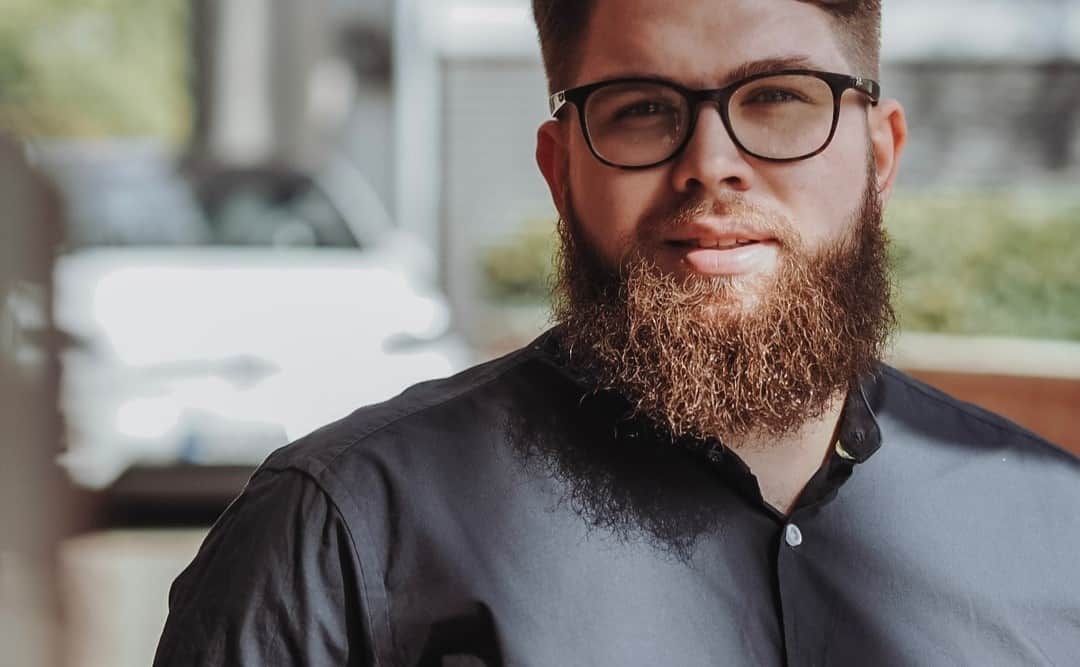
Like many physician specialties, radiology is experiencing a labor shortage driven by burnout and an aging workforce. That is manifesting in various ways across the world — either as higher cost for reading images, long turnaround times for reporting, or simply a complete lack of services.
Amid this troubling dearth of workers, radiology departments are turning to AI tool s to tackle burnout, decrease clinical workloads and reduce backlogs. However, the pace of this AI adoption is sluggish.
There are hundreds of companies developing AI solutions to help automate workflows for these radiologists and augment their care — but with these clinicians battling burnout at such a high rate, there isn’t enough time to explore, choose, validate and implement the tools available. Earlier this month, a San Francisco startup seeking to address this problem through its radiology AI marketplace secured $6 million in seed funding.
This week, MedCity News spoke with the startup, named CARPL, as well as two of its provider customers to learn more about its approach to accelerating the adoption of AI in radiology.
Recognizing the need for a marketplace
Of the 700 AI-based applications approved by the FDA, about 80% are related to radiology, CARPL CEO Vidur Mahajan noted. There are two main reasons for this — the immense need for technology to accelerate workflows in the field and the democratization of high-quality data to train healthcare algorithms, which has made the creation of AI tools “extremely easy,” he said.
Mahajan founded CARPL in 2021. Before launching the startup, he used to run his family’s India-based chain of radiology centers. There, Mahajan managed the company’s research group, which was called the Center for Advanced Research in Imaging, Neurosciences a Genomics (CARING). He noticed that the radiology field was slow to test and deploy AI, so he started working on a software called the CARING Analytics Platform, which later came to be called CARPL, he explained.
“There is a massive shortage of radiologists globally, which is leading to problems related to access, affordability and quality of radiology services. To address this shortage, hundreds of AI companies have been developing applications which seek to automate niche aspects of radiologists’ work. Unfortunately, healthcare providers are unable to navigate this complex ecosystem of niche yet overlapping application developers,” Mahajan remarked.
He called CARPL a “middle layer” that serves as a single data channel and procurement system for radiology AI applications — all on one user interface.
How it works
The marketplace is designed to give providers one place where they can find, assess and safely integrate radiology AI solutions into their clinical workflows. Over the past two years, CARPL has onboarded more than 50 AI developers, resulting in more than 100 AI applications on the marketplace.
The tools on CARPL’s platform aim to both alleviate radiologists’ burnout and help them practice at the top of their licenses. They serve as a second pair of eyes that can aid radiologists by flagging subtle, hard-to-catch lesions or other abnormalities that might have otherwise been missed, Mahajan said.
Some of the vendors with tools on CARPL’s marketplace include Qure.ai, Lunit, AZmed, Gleamer, Avicenna and Radiobotics. Their tools help radiologists better read a variety of images — such as X-rays, CT scans, MRIs and mammography slides — and automate time-consuming, tedious tasks through their radiology-specific software for documentation and reporting.
Each healthcare AI application has its own unique technical architecture, Mahajan noted. He said that CARPL’s platform addresses this by harmonizing and standardizing all the tools on its platform into a single user-interface, rather than multiple disparate systems.
Mahajan also highlighted the importance of CARPL’s AI validation and monitoring capabilities. He said these features help set the company apart from other healthcare AI marketplaces, such as Blackford or SymphonyAI.
“An AI system, just like a human, needs to be interviewed prior to being let loose on patients,” Mahajan declared.
CARPL’s platform gives providers tools to validate an AI application before implementing it into their clinical workflows. These tools help providers determine if the solution in question is right for their patient base, as well as helps them set guardrails around when AI should be used. The platform also continually monitors the performance of AI applications and alerts providers when a tool’s accuracy or effectiveness has fallen, Mahajan explained.
Some of CARPL’s customers include Massachusetts General Hospital in Boston, Radiology Partners in Los Angeles, University Hospitals in Ohio, Albert Einstein Hospital in São Paulo and Clinton Health Access Initiative in Singapore. The company charges its customers a fixed monthly subscription fee for access to its platform, as well as a usage fee based on the number and nature of scans that are run through the platform, Mahajan stated.
Why customers have to say
Dr, Leonardo Bittencourt — an associate professor of radiology and the vice chair for innovation at University Hospitals and Case Western Reserve University in Cleveland — is one of the radiologists using CARPL’s marketplace.
He said his employer was drawn to CARPL’s platform because it is a single platform that has the ability to manage datasets, annotate data, assess and validate AI tools, and implement AI solutions into clinical workflows.
“Our program is centered in industry-academic collaborations, which rely on data enablement and annotations, as well as ground-truthing by domain content experts,” Dr. Bittencourt explained. “CARPL provides an environment where such initiatives can happen and be put to test.”
Ground-truthing refers to the process of verifying information obtained through remote sensing by physically visiting or examining the site in question.
It is a “notorious challenge” for hospitals to have to manage the sourcing, validation, deployment and monitoring of every single AI solution connected to their radiology information systems, he added. In his view, CARPL’s marketplace has eliminated this obstacle, as well as exposed radiology departments to a broader mix of solutions.
Dr. Charlene Liew — director of innovation in radiology at SingHealth, part of the Singaporean national health system — is another example of a radiologist benefiting from CARPL’s marketplace.
In an emailed message, she highlighted the fact that the platform has been able to expedite the AI validation process at SingHealth, which has helped minimize strain on the country’s radiology workforce. She recommended the platform for use at other provider organizations.
“Using a validation platform such as CARPL will help to speed up the deployment of AI models into mainstream use, as well as enable the value of AI to be realized,” she wrote.
Similarly, Dr. Bittencourt of Case Western recommended the platform to other providers as well, underscoring the marketplace’s ability to accelerate pace of AI tool integration, simplify validation and provide ongoing AI monitoring services.
Both doctors agreed that the quicker validated radiology AI gets incorporated into clinical workflows, the quicker radiologists can provide patients with the level of care they deserve.
Mahajan stated that the main goal of CARPL is to save clinicians time and elevate their quality of care. He noted that shorter reporting turnaround times and the ability to triage important scans over normal ones leads to quicker treatment — and thereby better outcomes.
Photo: Hemera Technologies, Getty Images



